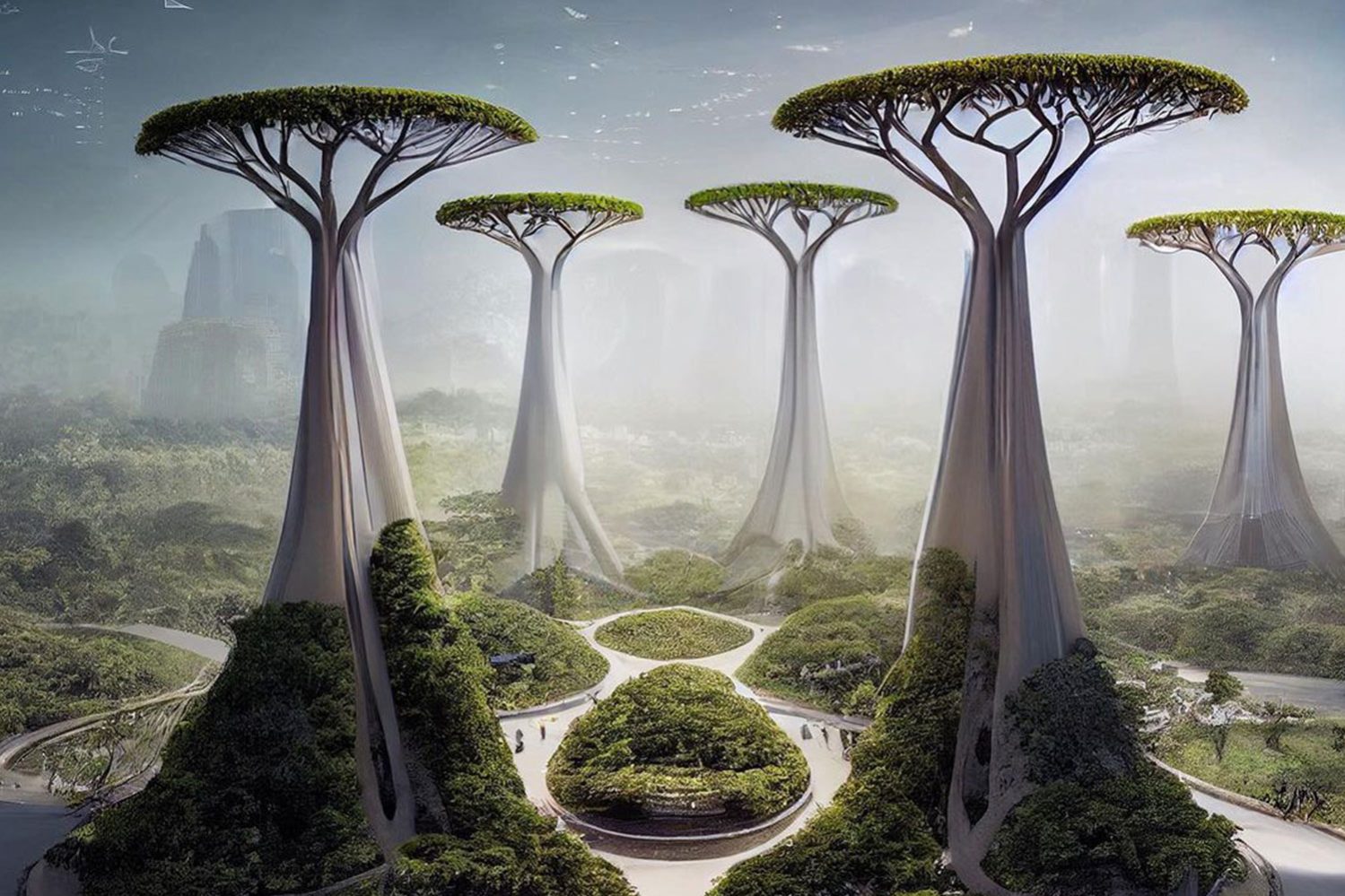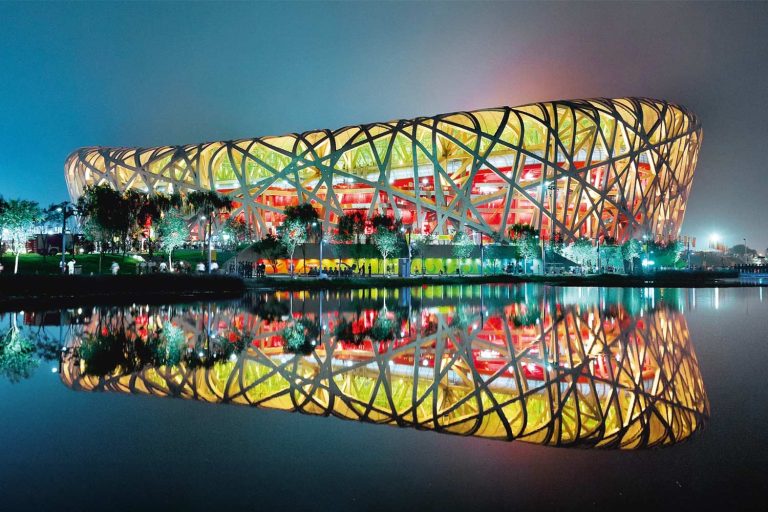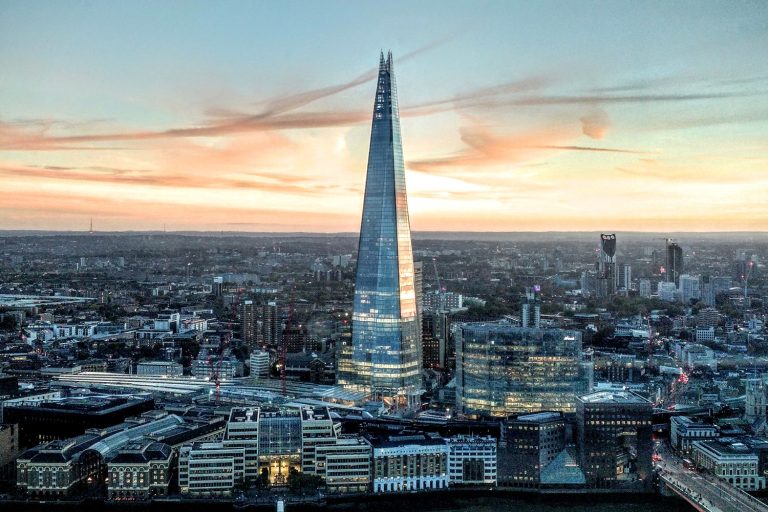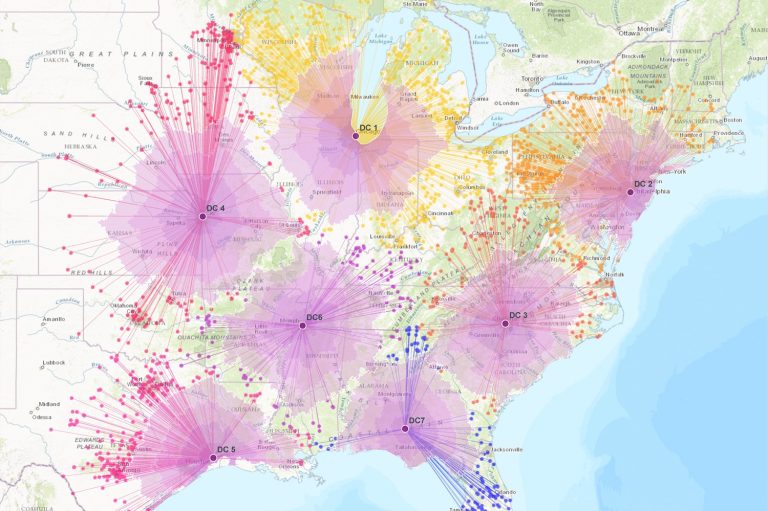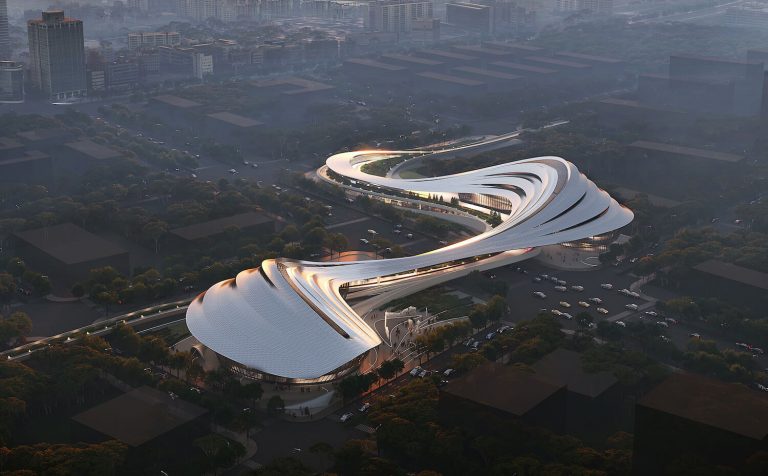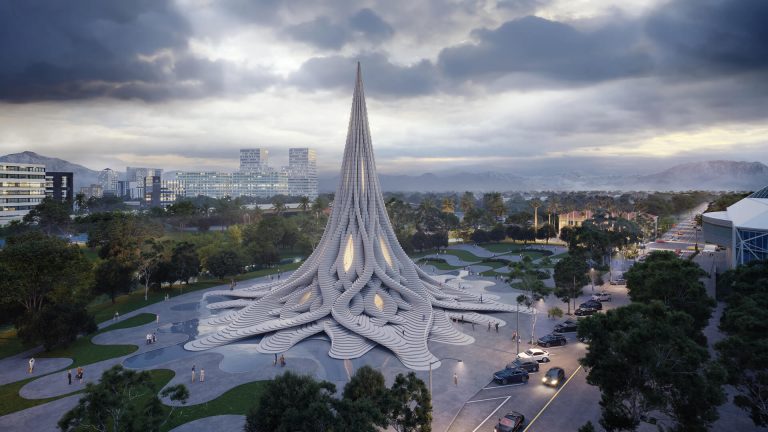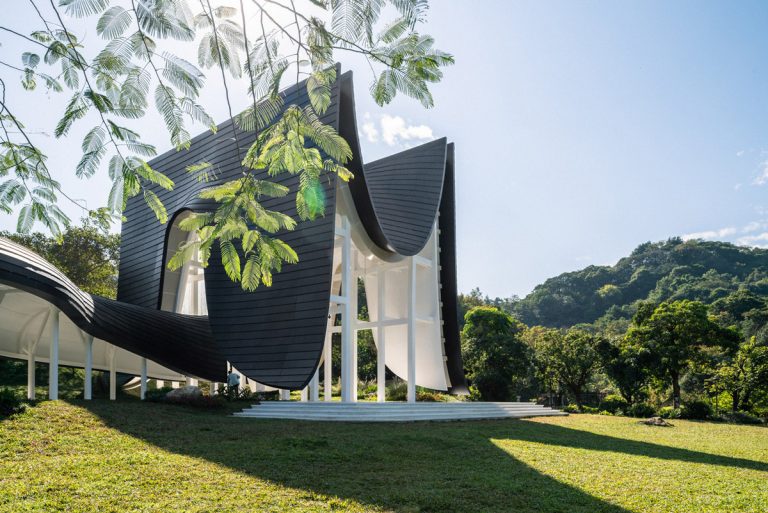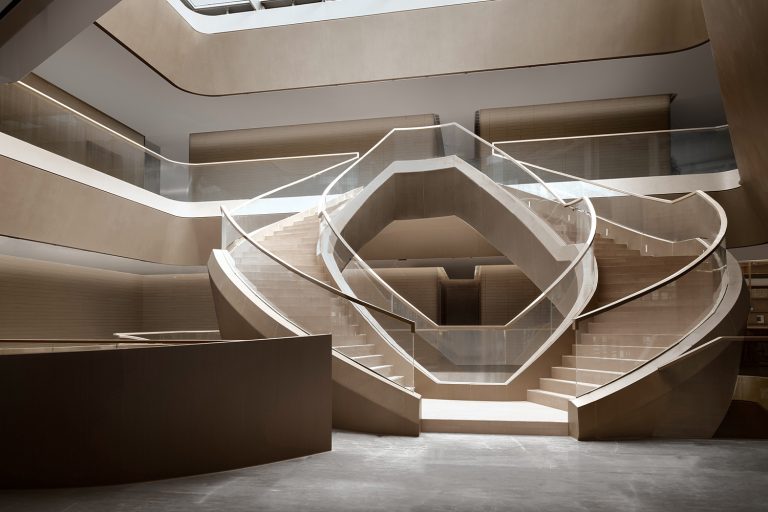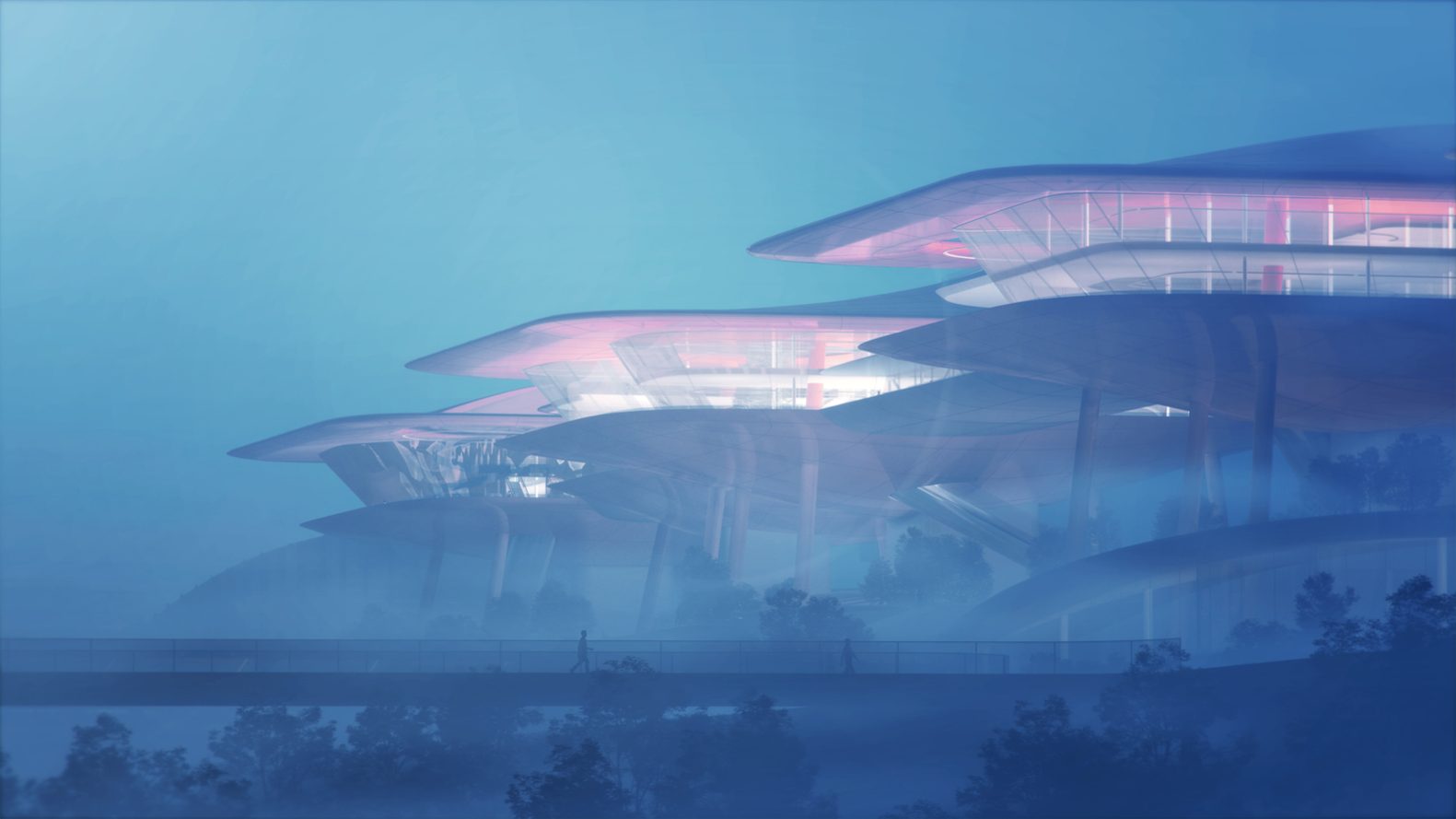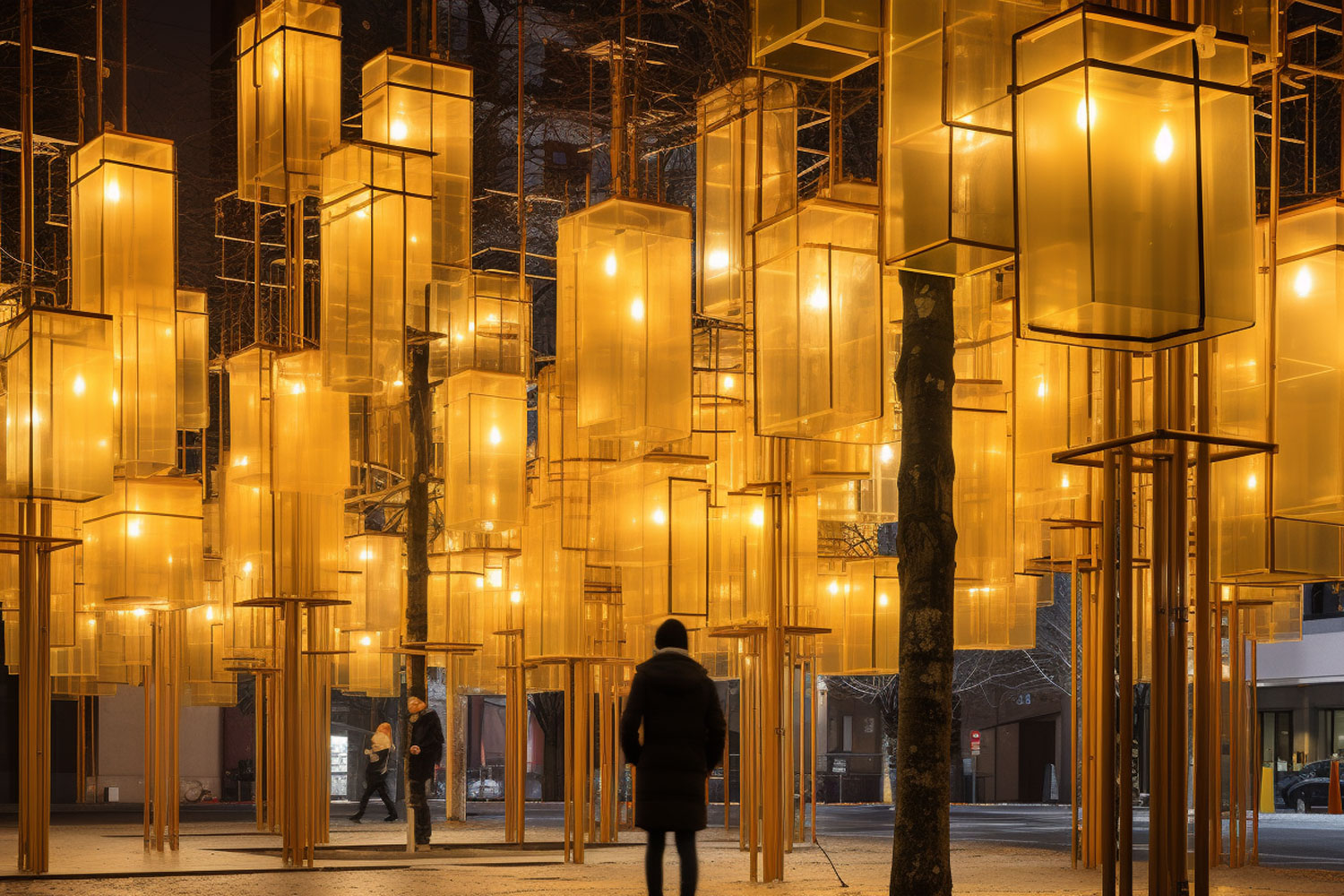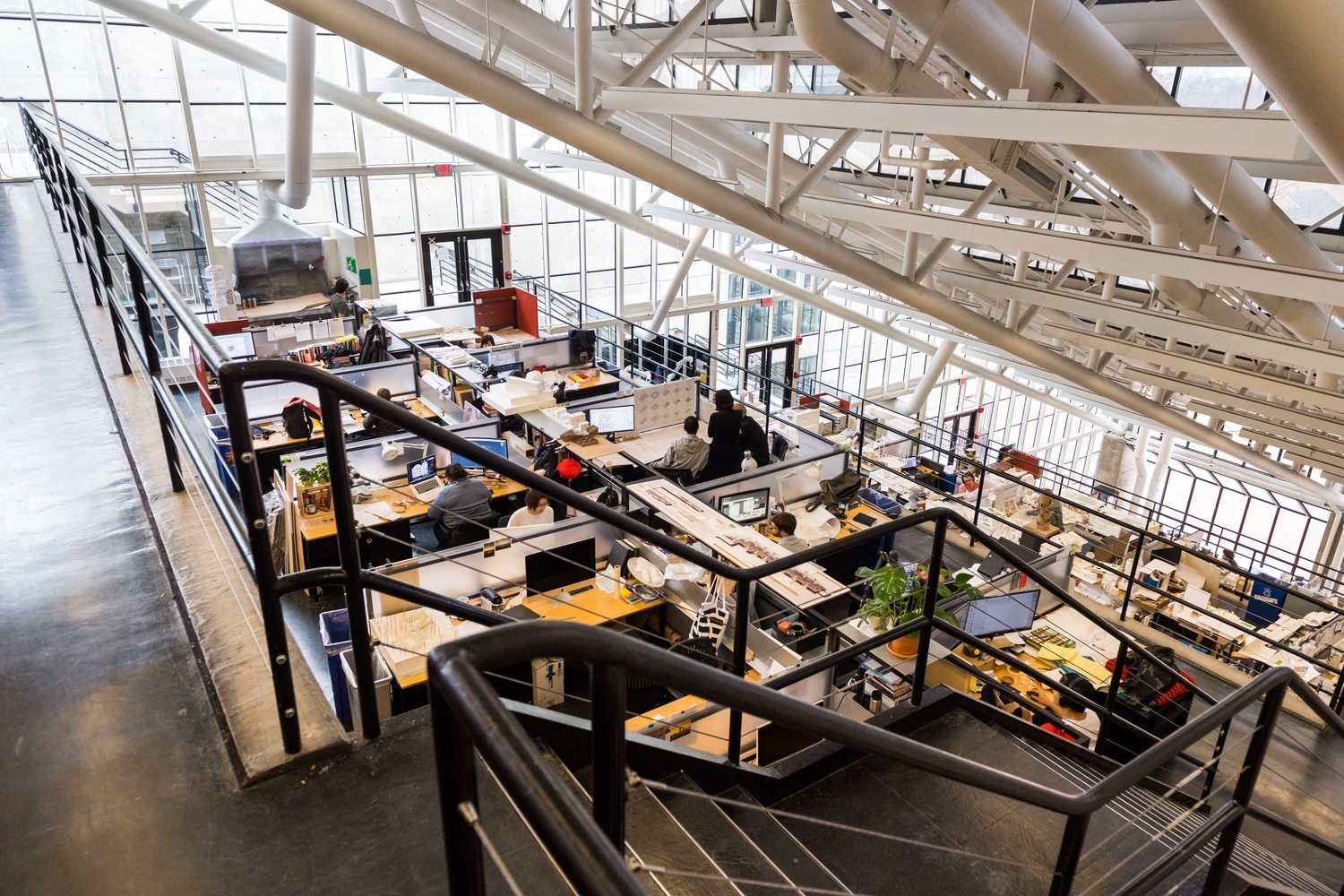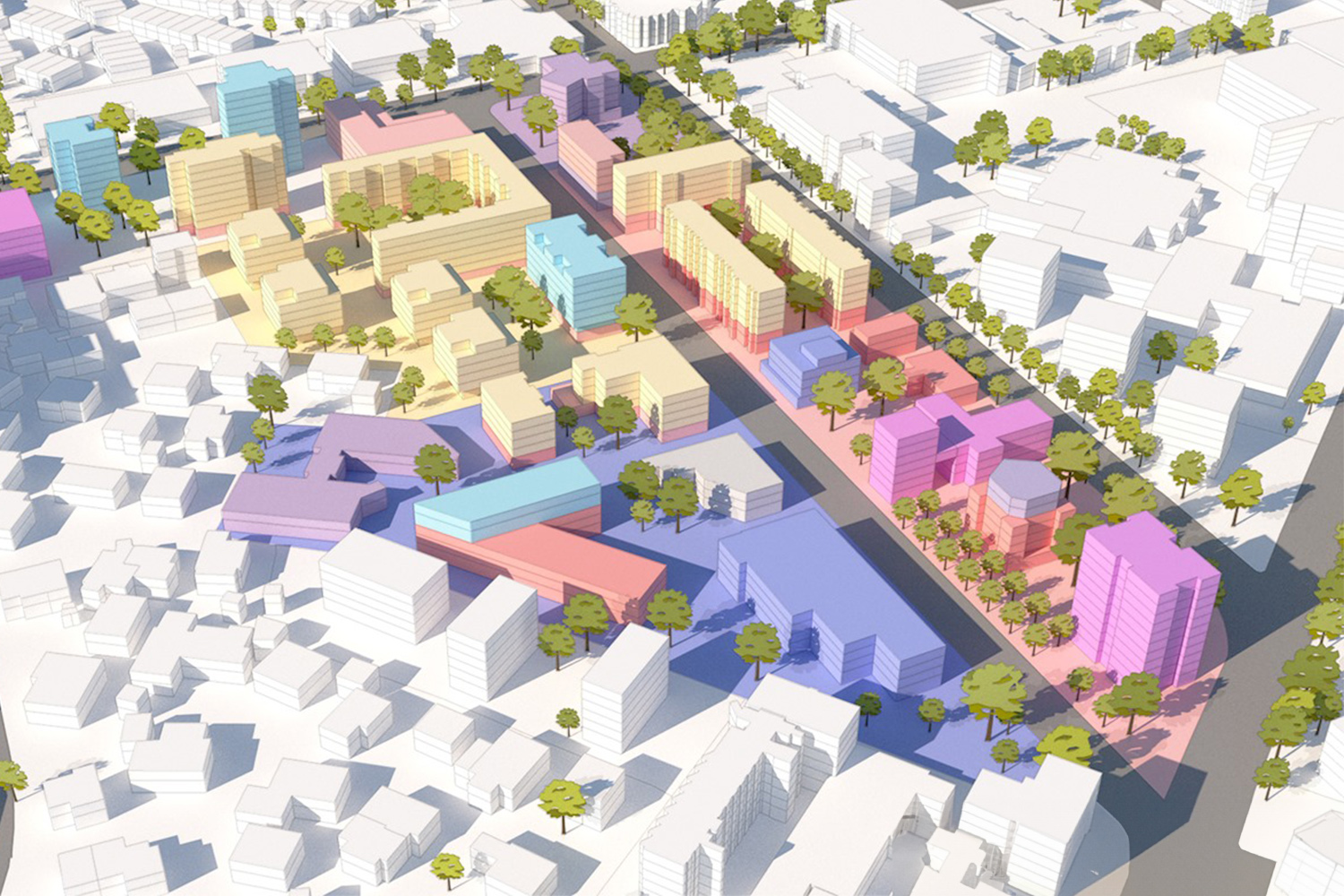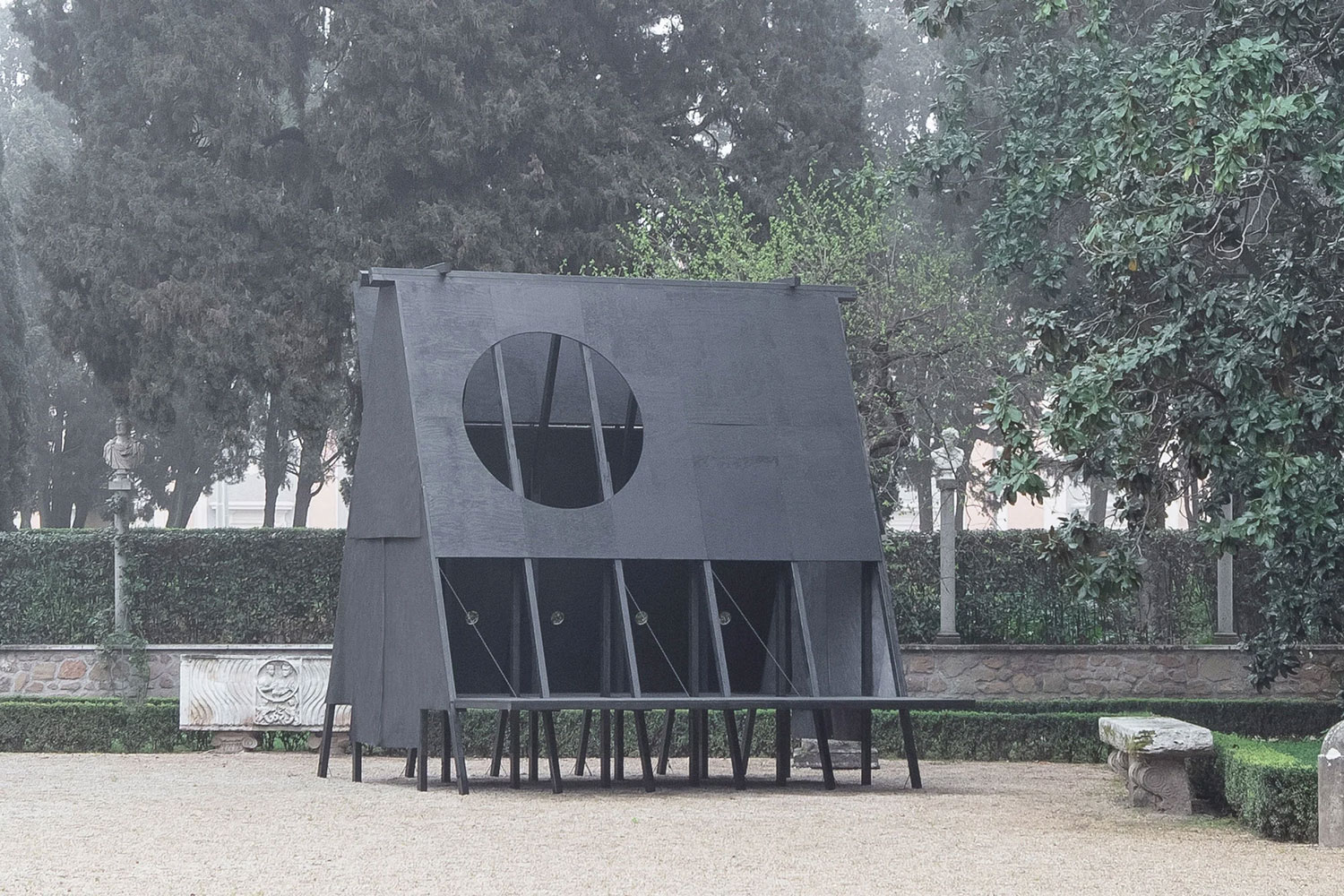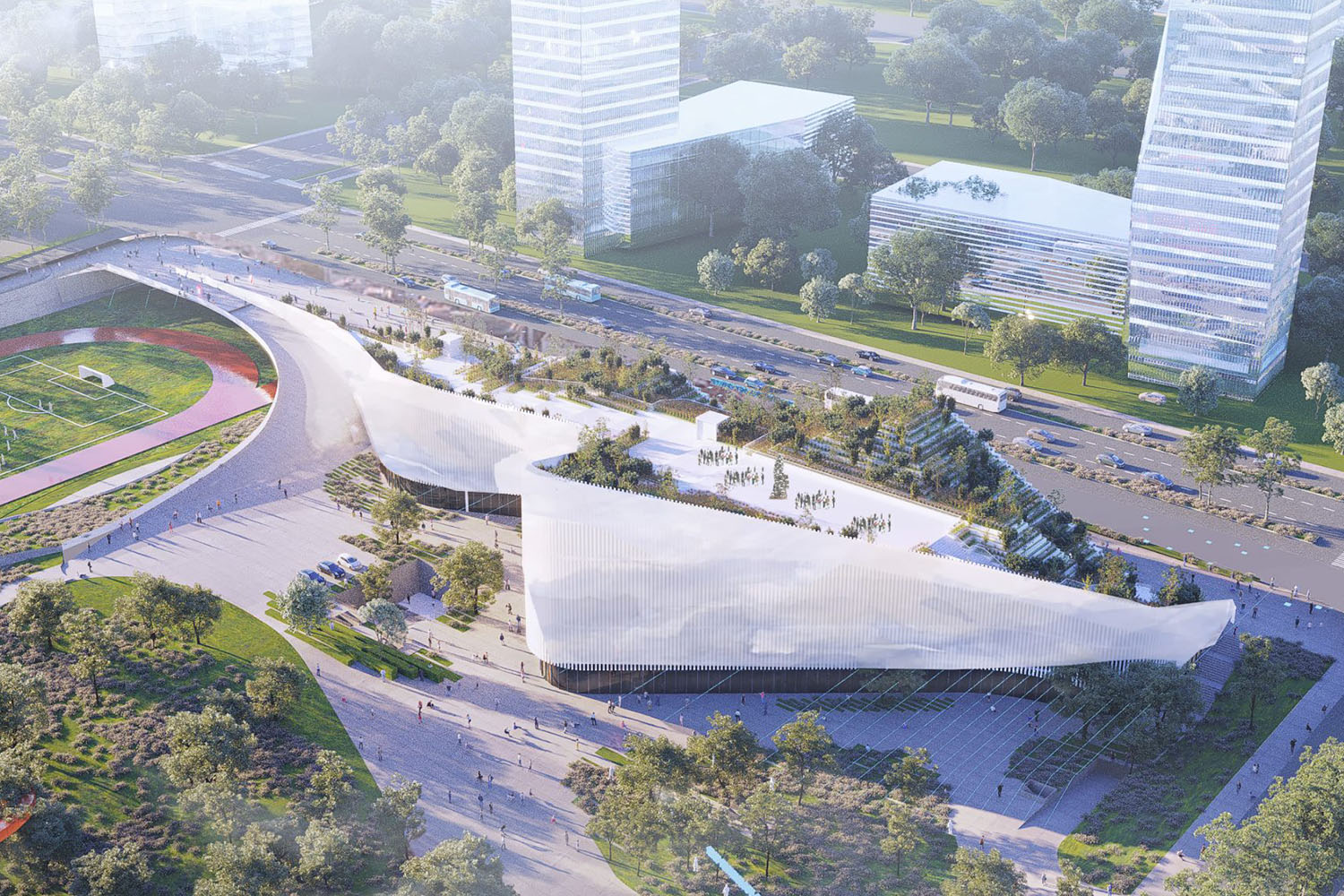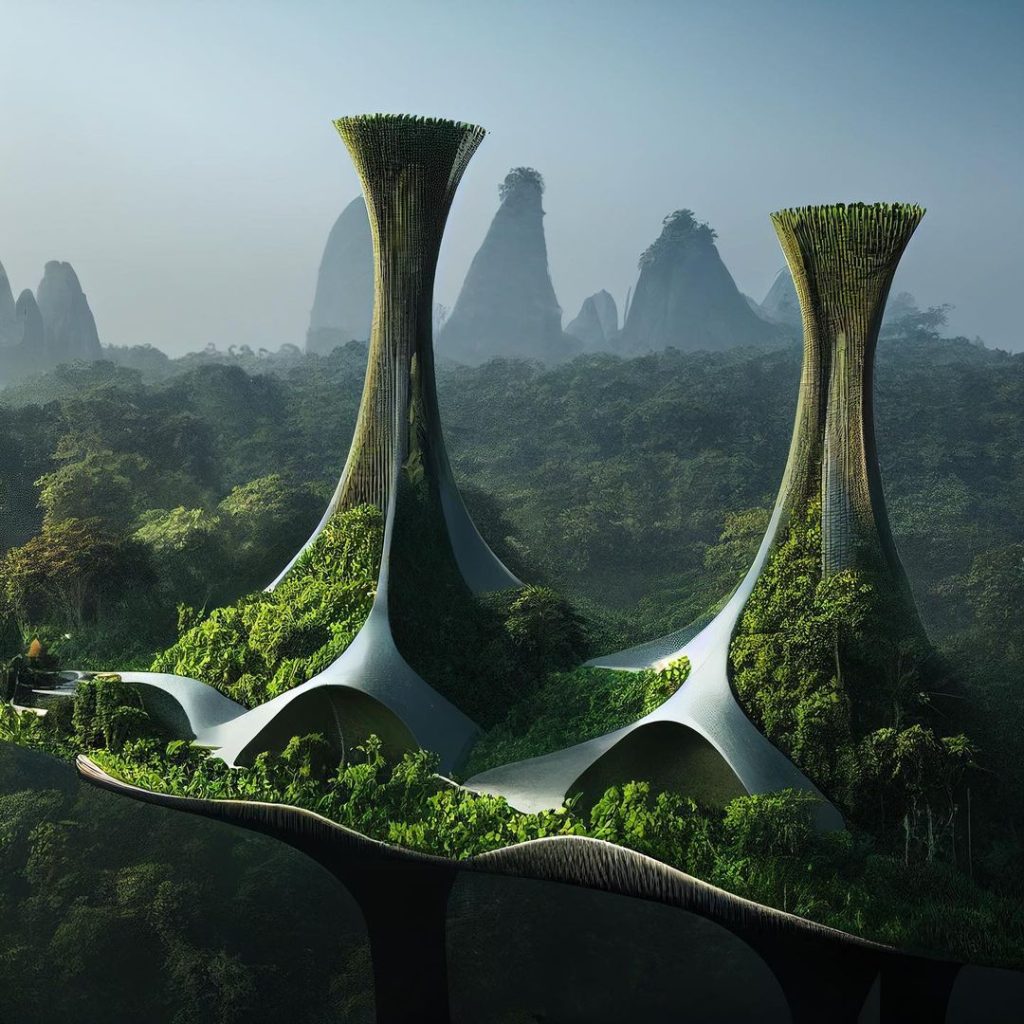
Artificial intelligence explorations by MONOMO via Midjourney, DALL.E 2, and Stable Diffusion showcasing an artistic approach towards possible futures in real and virtual worlds.
MONOMO is focused on expanding the creative limits of the mind through AI, specifically through CLIP (Contrastive Language Image Processing) Diffusion models, such as Midjourney, DALL.E 2, and Stable Diffusion, which have recently hit the public eye.
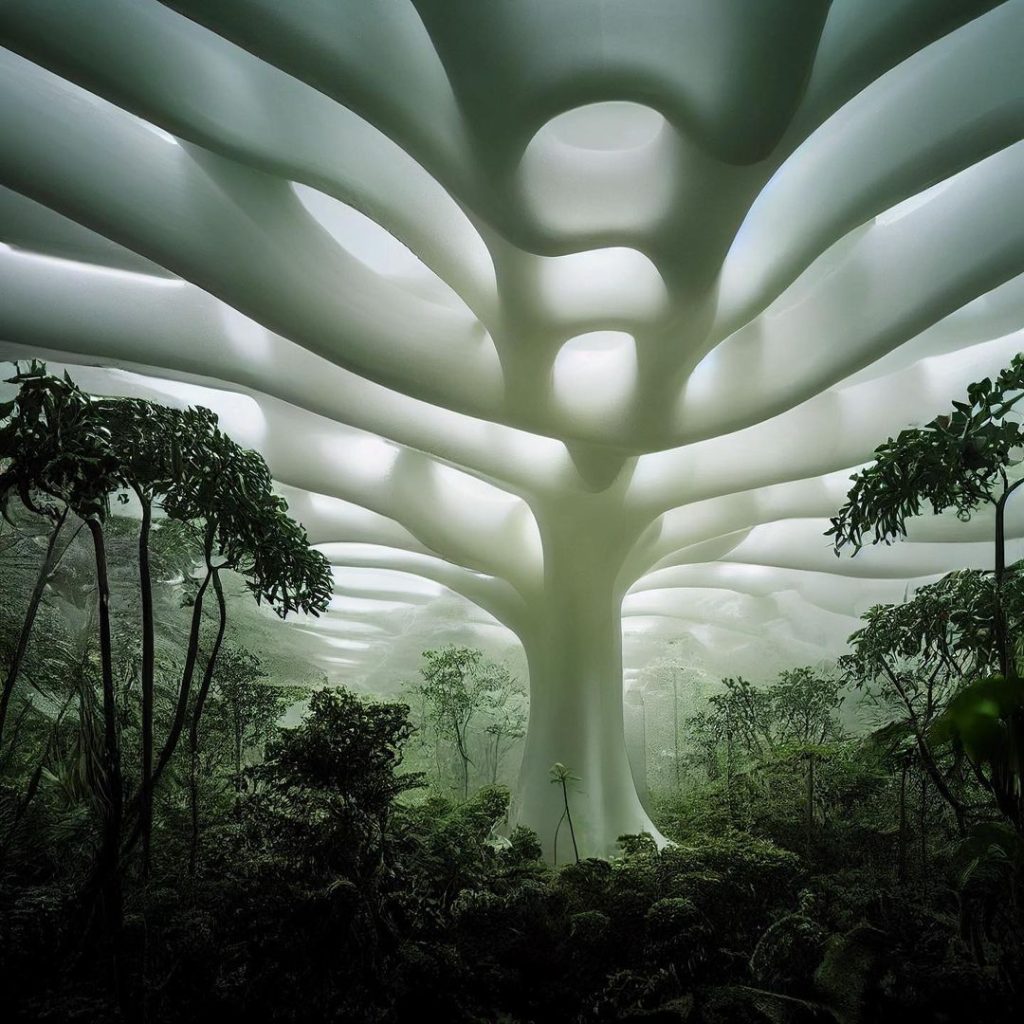
How MONOMO started his artistic approach?
Diego Castro is the founder of MONOMO and has a background of several interests, all associated with technology and economic impact, he sees them as highly correlated in an ever-changing dynamics world, by the hand of futurists like Ray Kurzweil and Peter Diamandis, and journalists like Yuval Noah Harari, he found AI at the center of human progress and evolution.
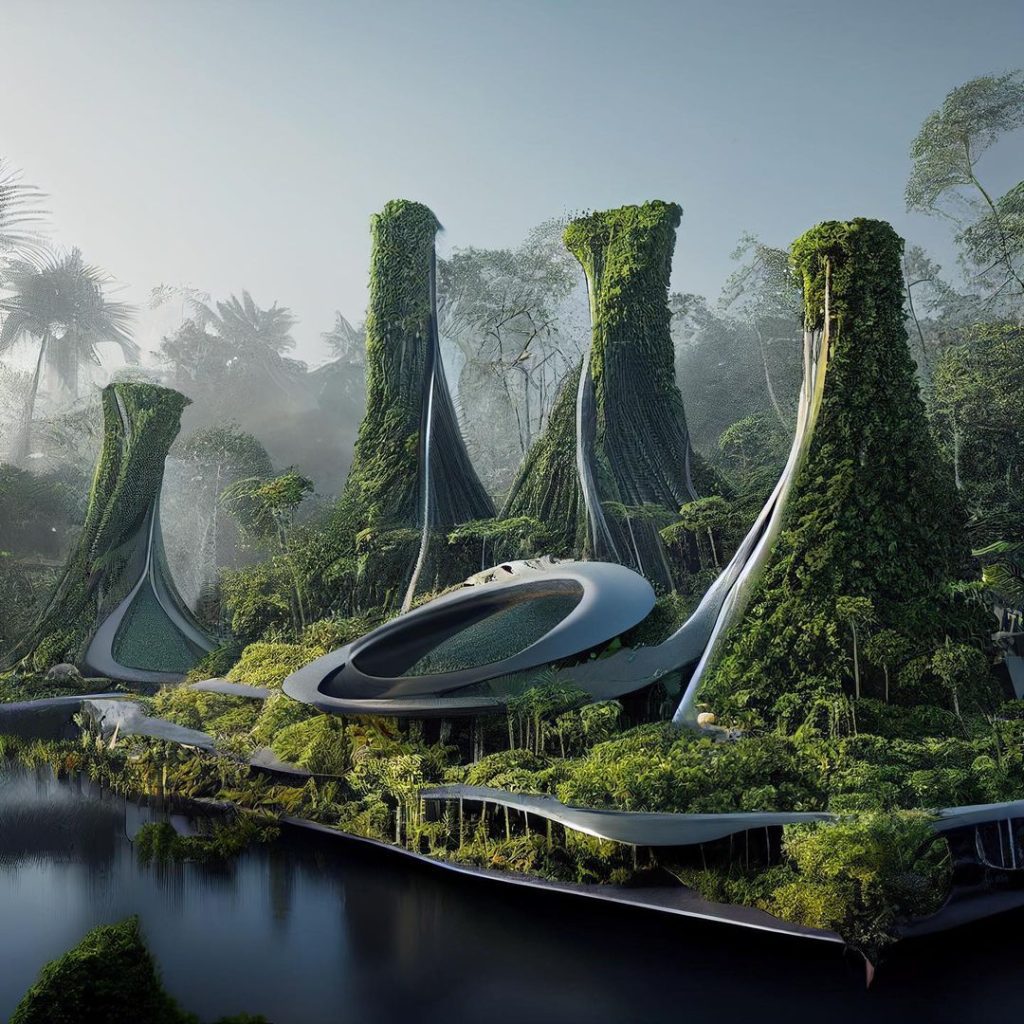
MONOMO was born out of an early entrepreneurial spirit when he was only 23 years old, after working at MAZZANTI Architects, a renowned architecture practice in South America, and then followed to produce thousands of Computer-Generated Images, for several continents, only excluding Asia.
Recent developments in the technology of BIM, 3D traditional modeling, and rendering software, which he trained himself to use, led him to believe AI was going to play a key role in the future of regular CGI and architecture. As Machine Learning Models, expressed in one of the NVIDIA Keynotes in 2019 by Jensen Huang, were going to be a game changer, Jensen described it as “Computer graphics and gaming will also be revolutionized by deep learning, deep learning models of ray tracing can predict colors of missing pixels so that fewer rays need to be cast, and fewer pixels need to be fully rendered. AI is certain to play a giant role in the future of computer graphics and gaming”.
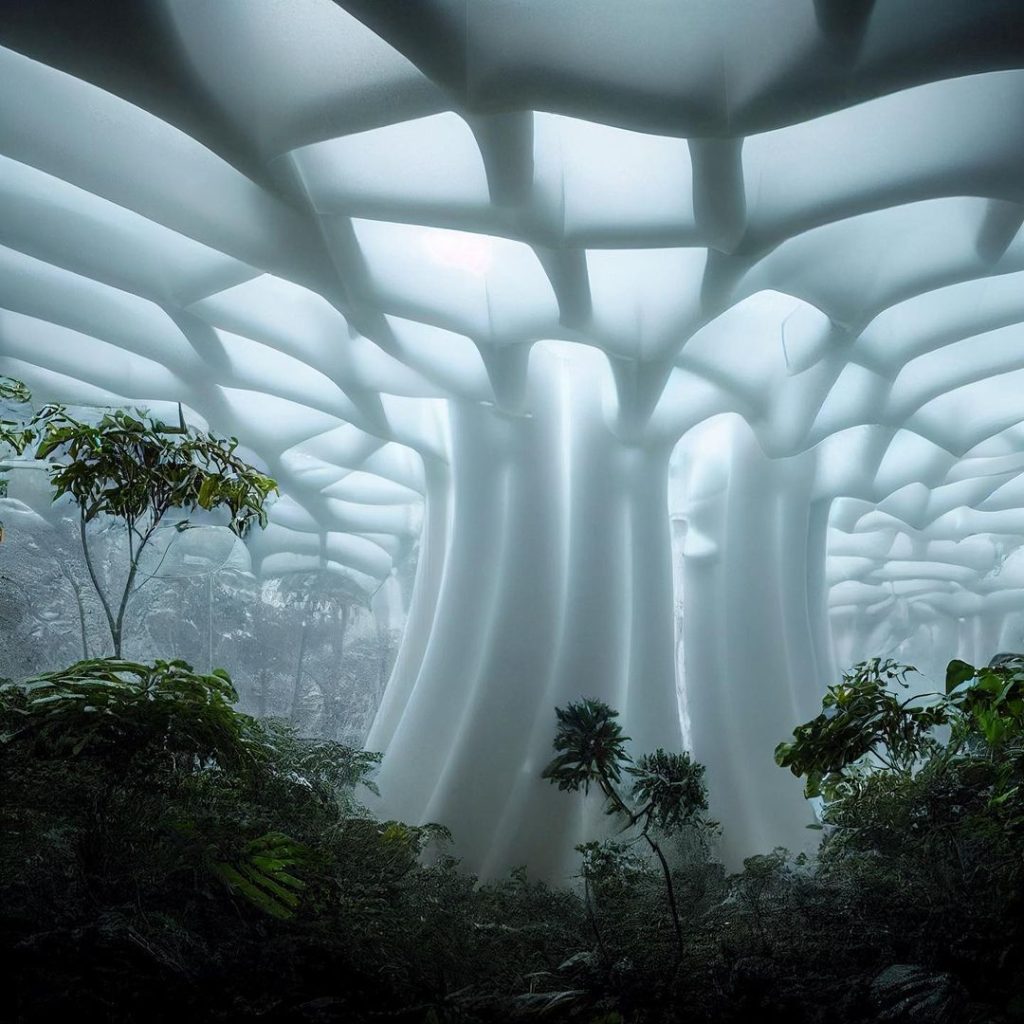
When he founds artists like Refik Anadol combining the power of Machine Learning and visualization, through GANS (Generative Adversarial Networks) he knew he had found his very specific objective and started de-constructing the technology for his explorations. This is where DALL.E 2 appeared as it was a ready-to-use text prompt to image generator model, not too long after that he found Midjourney, and found himself in the middle of one of the great breakthroughs in these Machine Learning models, as the Stable Diffusion technology combined with the artistic approach of MidJourney, produced not only photorealistic oriented images, but also ones of high aesthetic and cinematic value.
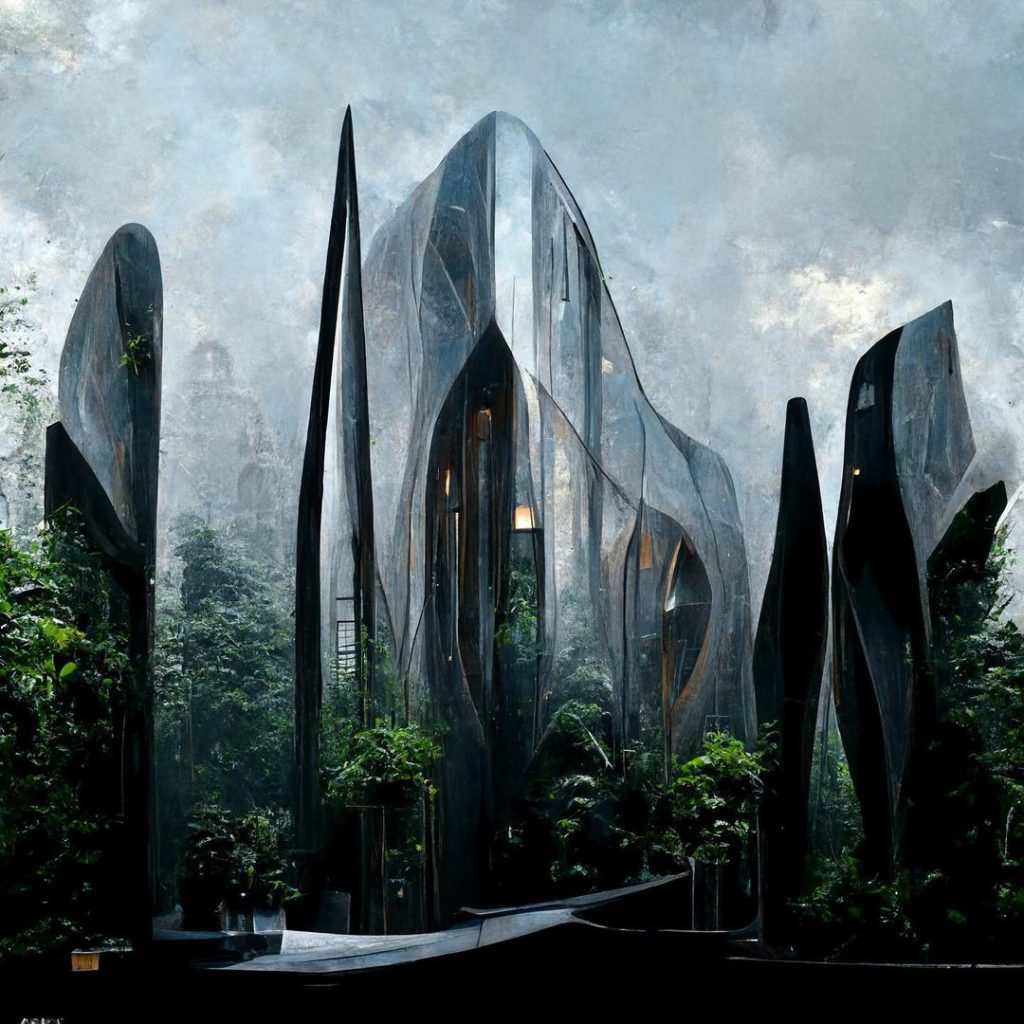
This combination between all the available technologies and the emergent ones, he believes, will be the future of ArchViz, maybe in the next ten years, as how he saw CGI evolving dramatically through the past decade, will pave the way to many possibilities.
Such as importing 3d models into a Machine Learning Software, being able to provide real coordinates, obtaining correct environmental and realistic context definitions and lighting, and providing realistic material definitions, for all the contents within the project, all produced by AI, with no single Rendering simulation needed, and with any cinematic condition you can imagine, the only limit will be your imagination.
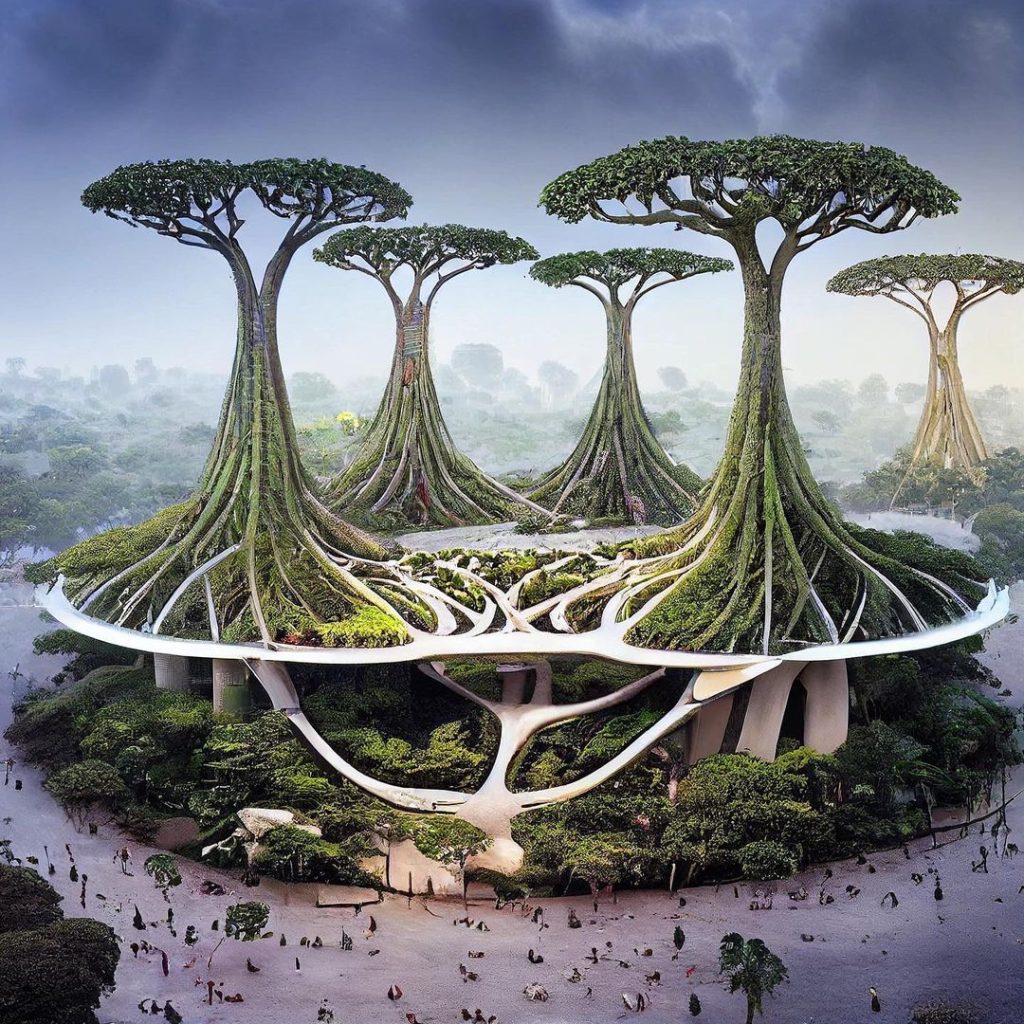
The relationship between Digital worlds or metaverses and AI
Diego´s interests in technology were not only related to his area of expertise, as he was developing client relationships around the world, but secure payment systems also became an interest of his. There is where he found Blockchain and Cryptocurrencies, which also led him to understand the “metaverse” concept, which is the intersection of Digital Models with real communities that can exchange value, He understands that AI will play a very big role in populating all these worlds, as we will have so many that it will be impossible to keep track, and AI 3D model papers like Dream Fusion AI are already giving us an idea that these 3D AI technologies will be available in the future. Or even ones where we can transform our own ideas made by MJ or DALLE.2 into 3D models.
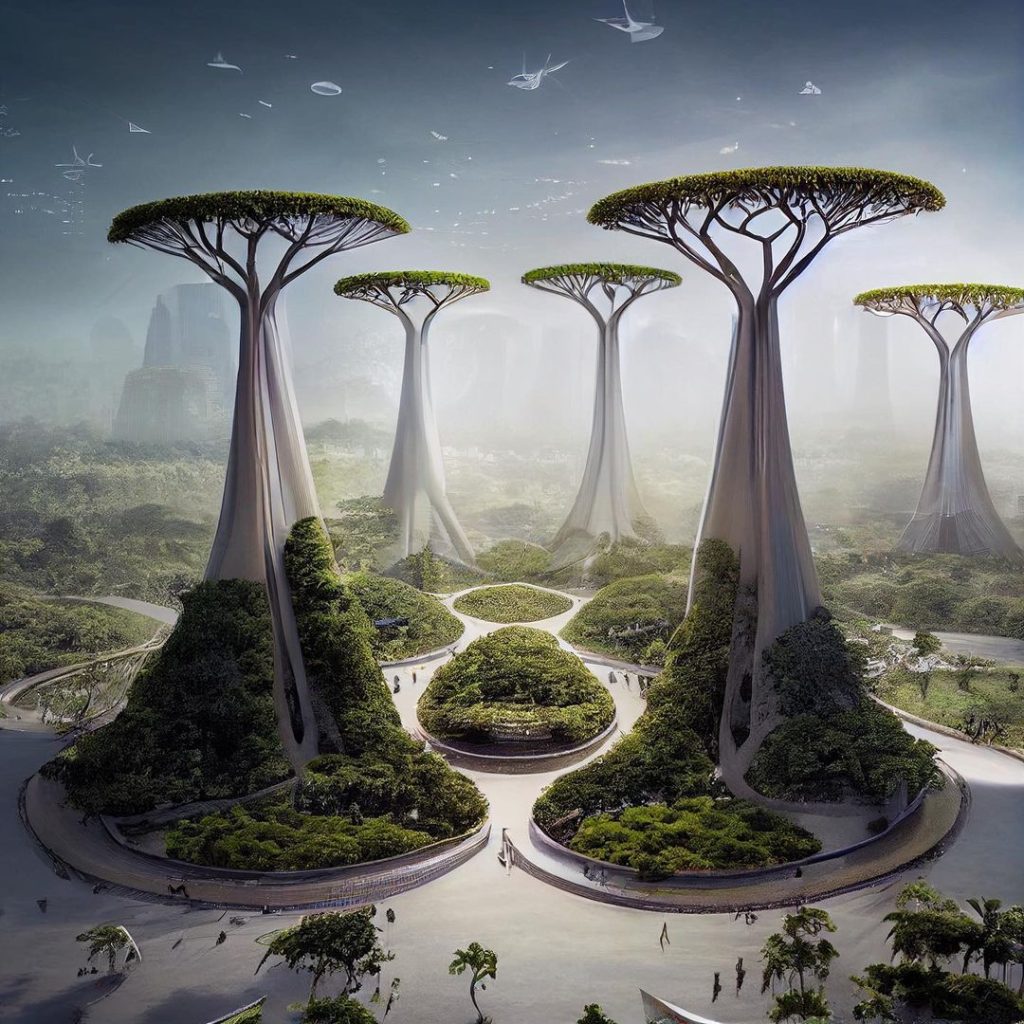
The relationship between Climate Change and AI
In his works, he is aiming to inspire and provoke the minds of individuals, future decision-makers, and builders to shift the way we look at the development of our cities, buildings, and surrounding environment. As we see climate change affecting us daily and reducing the number of species, we share this planet with, and changing our living conditions, it is through the visualization of this new creative and attractive future only, that we can head towards it. As William Arthur Ward said, “only if you can imagine it, you can achieve it. If you can dream it, you can become it”.
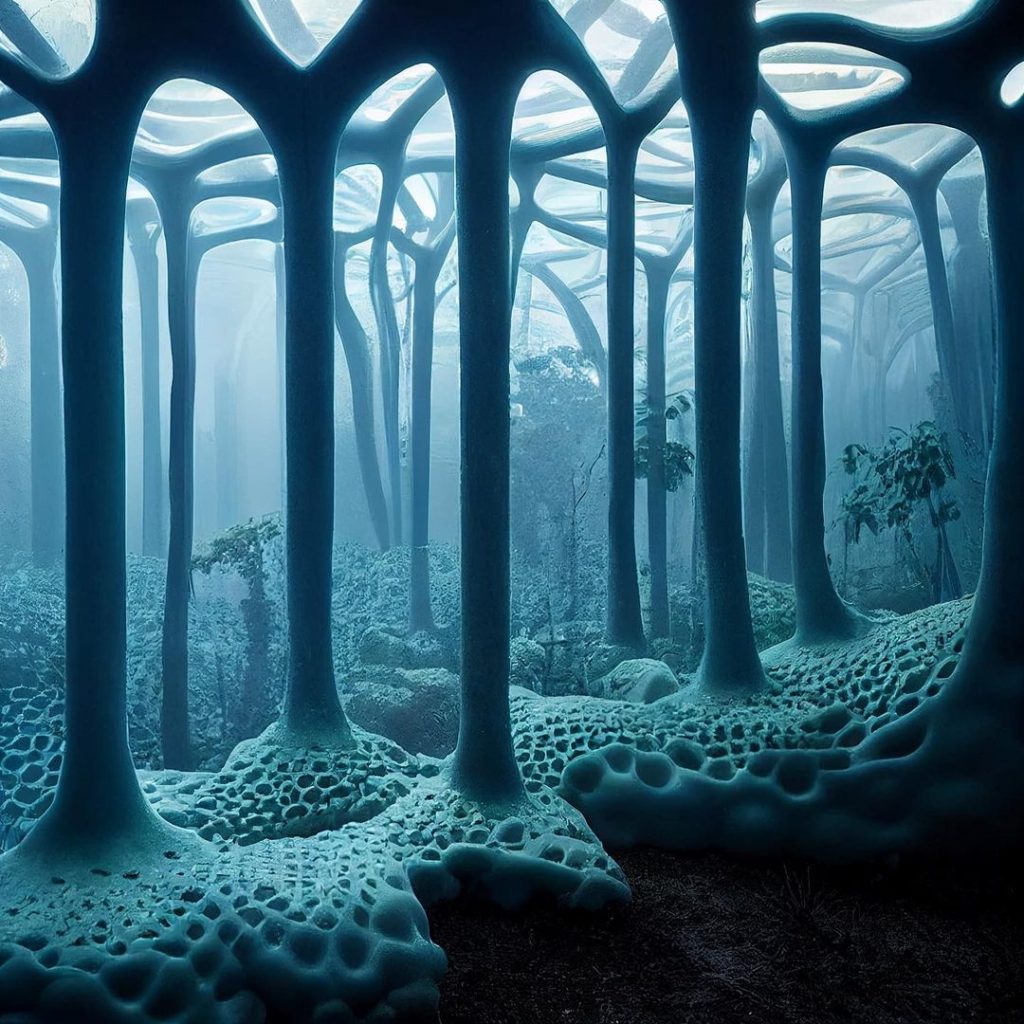
Final Thoughts
Diego is not blind to how individuals watch these developments from the outside, in a simplistic manner. But there is a subtle language exchange if you can call it that way, an interesting way of obtaining the results that you need. For many, you can just text prompt your desires and they will appear, but the more complex or challenging your visualizations become, so do the limitations, and there is where the discrimination, upscaling, variating, and re-mastering and using different AIs becomes very important. So he believes there is this new skill being developed that we might call AI discriminator intuition.

He believes AI technology will not only shape the realms of architecture and visualization, which are very specific niches, but they will shape every human condition in the next two decades, as we head for the singularity era, AGI will be one of the most fascinating moments possibly in our lives and we will be able to interact and live through it.
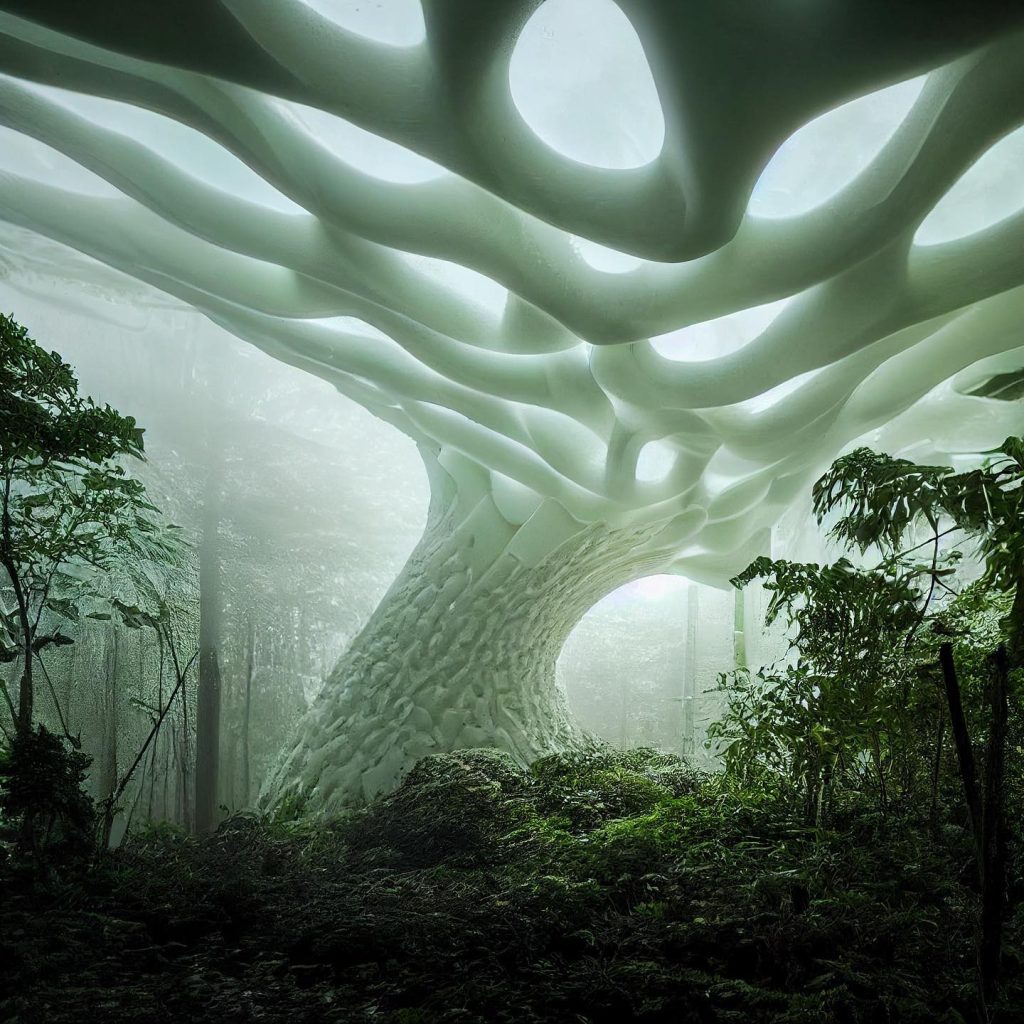
About Diego Castro
Diego Castro is an architect with a sharp focus on digital creation, with an architectural background currently based in London, with an exceptional Talent endorsement from the Arts Council England, using AI CLIP Diffusion Models to recreate architectural futuristic bio-focused concepts.
He focused almost the past decade on building the MONOMO brand as a Computer-Generated Imagery powerhouse, initially focused on ArchViz, and now heading to the realms of digital worlds, conceptual design, and art. His work is better associated with digital art, communication CGI, fascination for nature, and art through 3d traditional modeling software, raytracing renderers, and Artificial Intelligence Generational Models.



